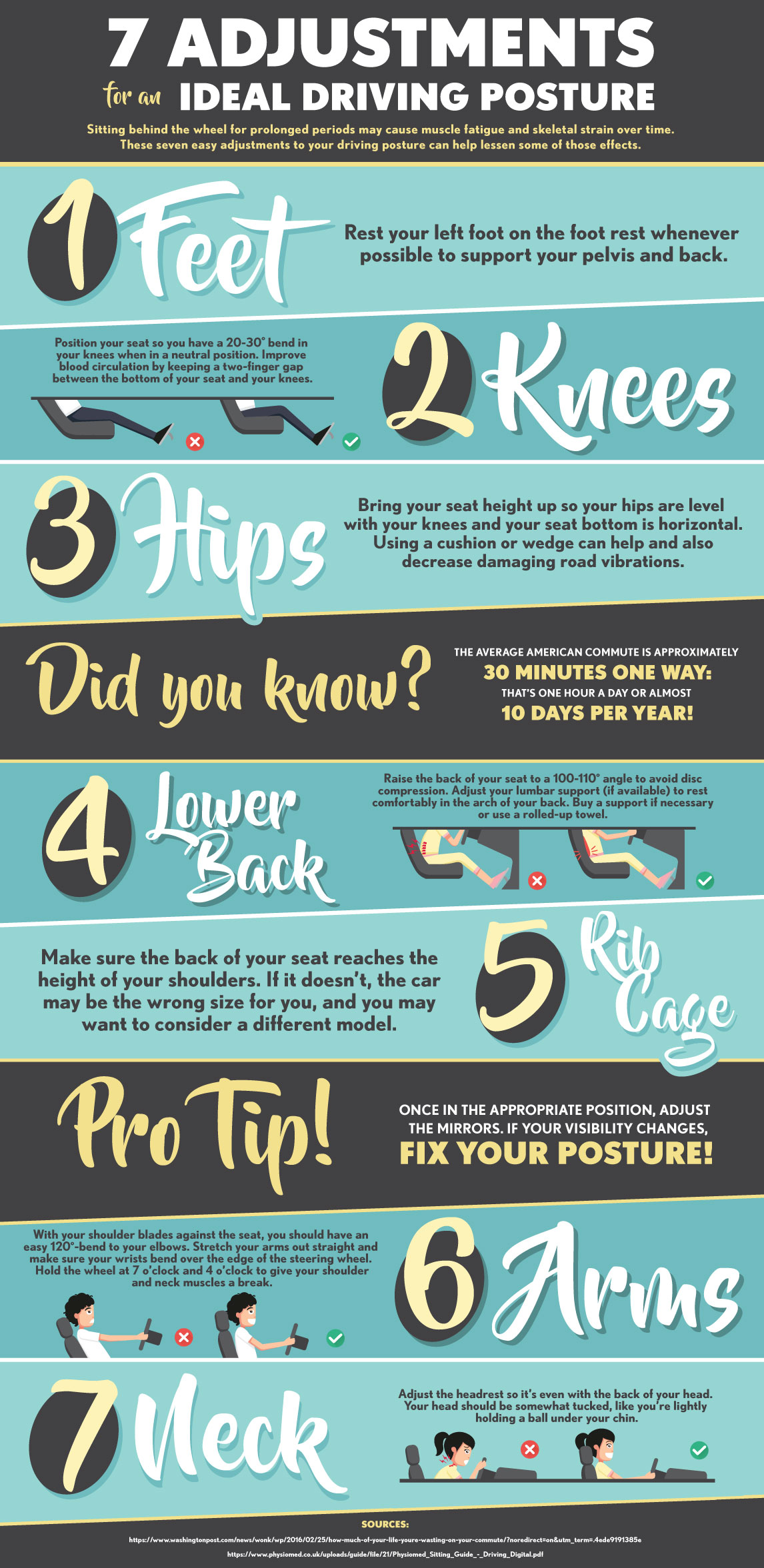Maintaining proper position isn't almost staying up straight; it has to do with aligning your body in a way that supports your back and reduces the threat of back pain. The way you rest, stand, and move throughout the day can dramatically impact your spinal health. But how precisely can you make sure great placement regularly, also throughout busy days loaded with different tasks? Let's dig deeper right into the refined yet impactful modifications you can make to your day-to-day routine to keep your back pleased and healthy.
Value of Correct Posture
Appropriate position is critical in keeping a healthy back and stopping discomfort. When you sit or stand with excellent posture, your spine is in alignment, lowering strain on your muscle mass, tendons, and joints. This placement allows the body to distribute weight uniformly, protecting against excessive stress on particular locations that can result in pain and discomfort. By maintaining your spinal column appropriately aligned, you can likewise enhance your breathing and digestion, as slouching can compress body organs and limit their performance.
Additionally, keeping good position can boost your general look and positive self-image. When you stand tall with your shoulders back and head held high, you radiate self-confidence and appear even more approachable. Good stance can likewise make you really feel more invigorated and alert, as it advertises correct blood flow and allows your muscles to function successfully.
Including appropriate pose right into your everyday routine, whether resting at a desk, strolling, or exercising, is crucial for preventing neck and back pain and advertising total health. Remember, a small change in exactly how you hold yourself can make a significant distinction in just how you feel and function throughout the day.
Common Postural Mistakes
When it concerns keeping excellent posture, lots of people unknowingly make common errors that can add to back pain and pain. Among the most widespread errors is slouching or hunching over while resting or standing. This setting puts extreme stress on the spinal column and can lead to muscle discrepancies and discomfort in the future.
Another common blunder is overarching the reduced back, which can flatten the all-natural contour of the spinal column and create discomfort. Furthermore, going across legs while resting may really feel comfy, yet it can create an imbalance in the hips and pelvis, resulting in postural concerns.
Making use of a cushion that's as well soft or also strong while resting can also influence your placement and contribute to pain in the back. Last but not least, continuously craning your neck to take a look at displays or readjusting your position often can stress the neck and shoulders. Bearing in extreme lower back pain can assist you keep better placement and minimize the threat of neck and back pain.
Tips for Correcting Positioning
To improve your alignment and lower neck and back pain, it's necessary to concentrate on making small changes throughout your everyday regimen. Begin by being hop over to these guys of your posture. When resting, ensure your feet are flat on the floor, your back is straight, and your shoulders are kicked back. Prevent slouching or leaning to one side. Usage spine pain or pillows to support your reduced back.
When standing, distribute your weight evenly on both feet, maintain your knees slightly bent, and embed your pelvis. Engage https://www.chiroeco.com/patient-content/ to support your spinal column. Take breaks to stretch and walk if you have a less active job. Incorporate exercises that strengthen your core and back muscular tissues, such as slabs or bridges.
While resting, utilize a pillow that supports the all-natural curve of your neck to maintain appropriate spine placement. Prevent sleeping on your tummy, as it can stress your neck and back. By being mindful of these ideas and making small adjustments, you can progressively correct your alignment and reduce pain in the back.
Conclusion
Remember, keeping excellent posture is vital to preventing back pain and promoting spinal health. By being mindful of your positioning, distributing weight evenly, and involving your core muscles, you can lower strain on your back and minimize the risk of discomfort and injury. Integrate ergonomic support, take normal breaks to stretch, and enhance your core and back muscle mass to keep correct alignment throughout the day. Your back will thank you for it!
